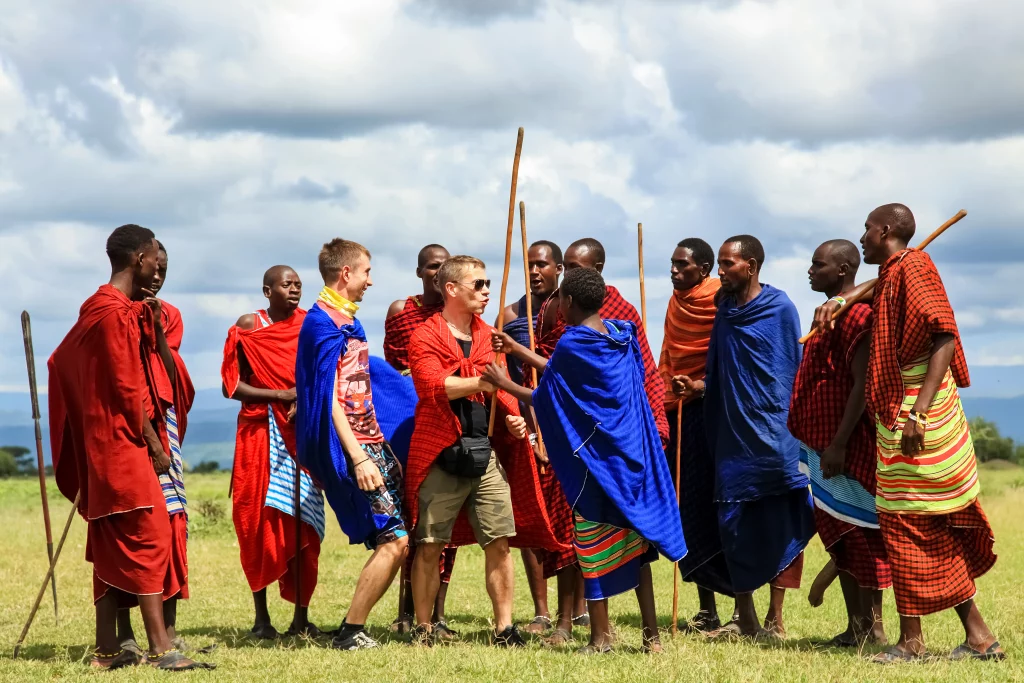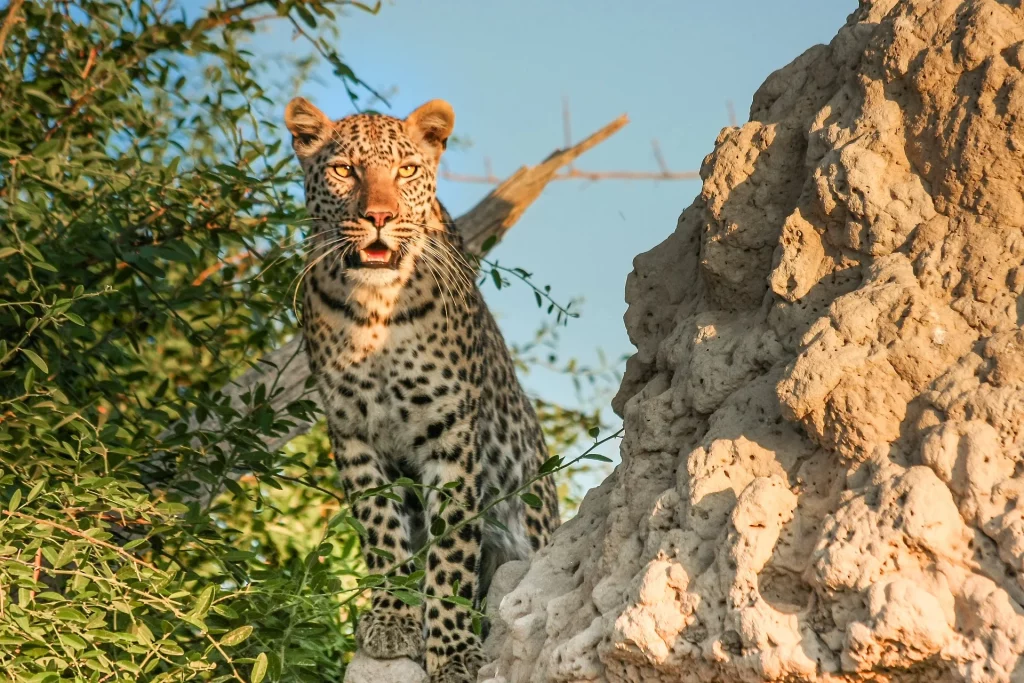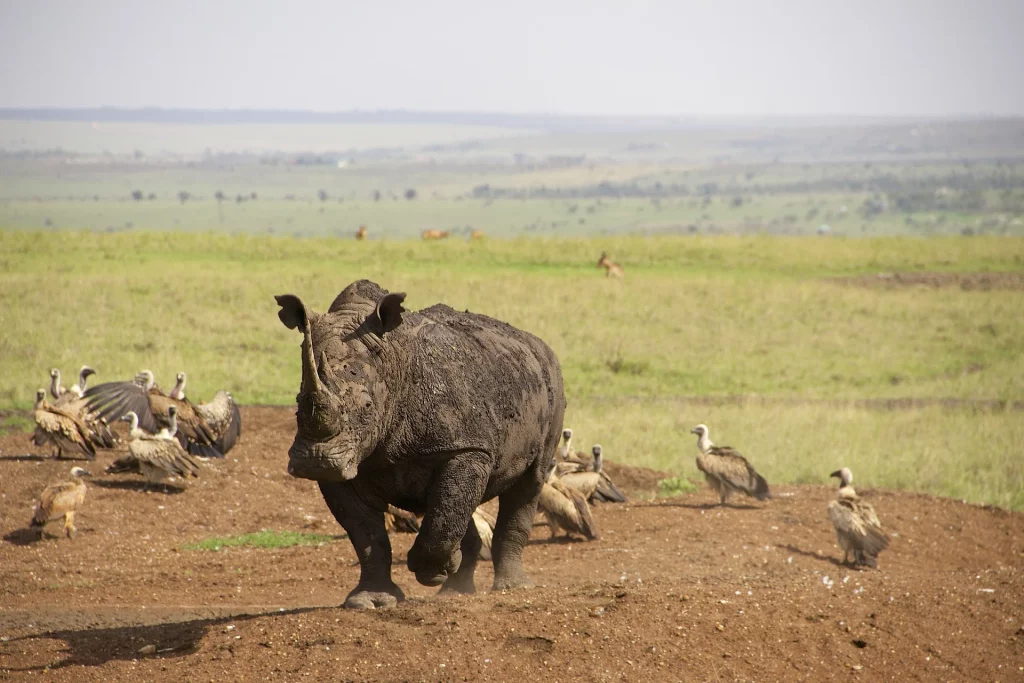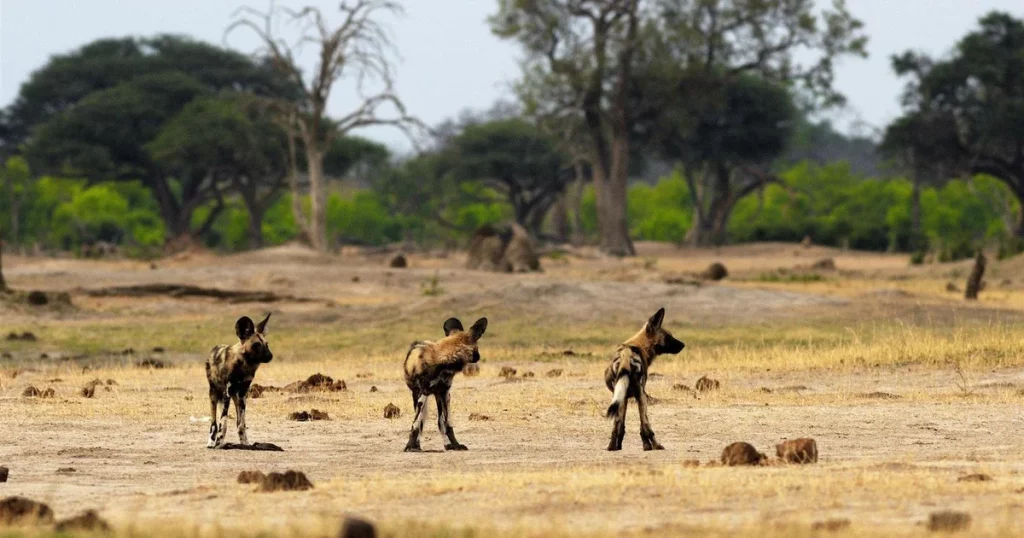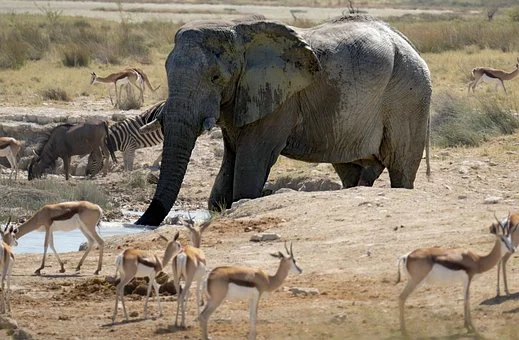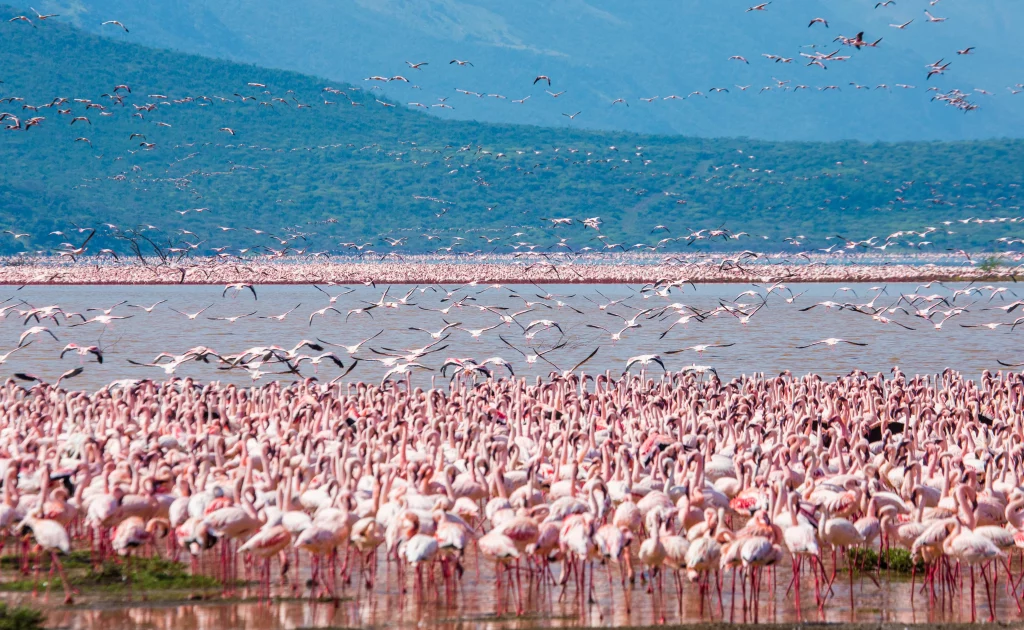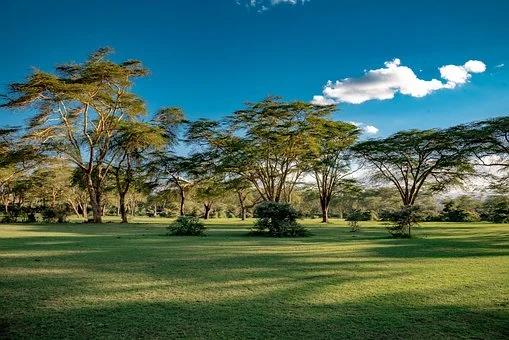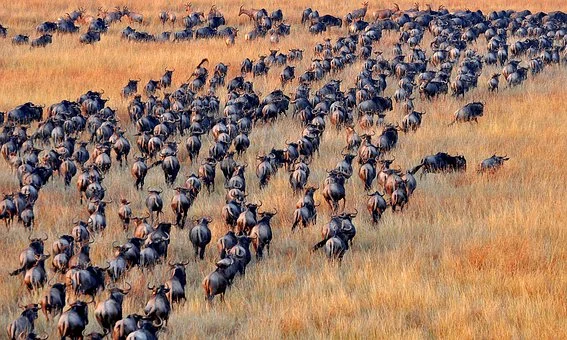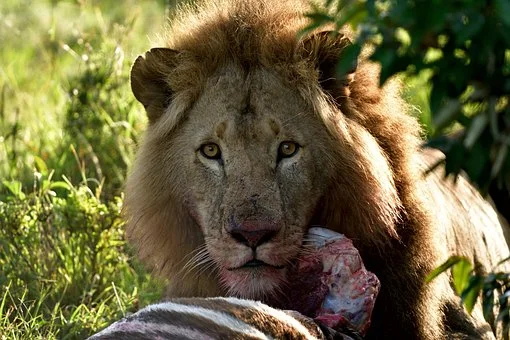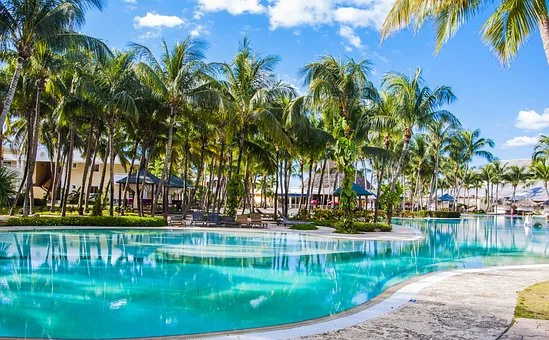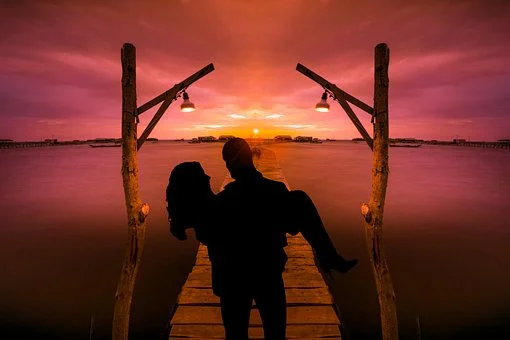The What, Where and When of Our Great Migration Safaris

Do you long to experience one of our Great Migration safaris? If so, you’re not alone! The Great Migration of Africa is one of the most amazing spectacles on the planet, and a safari to see it is a dream come true for many travelers. In this blog post, we’ll take a closer look at the Great Migration and answer some common questions about it. We’ll also discuss some great accommodation options for experiencing this incredible event firsthand and why booking your great migration safari package with KenyaLuxurySafari.co.uk is your best bet for an unforgettable safari.
We’ll Begin by Highlighting Where You Can Reach Us to Start Planning Your Great Migration Safari
You can call or WhatsApp us at +254-704-532-105 or send us an email at safarioffers@kenyasafariholidays.uk, safarioffers@ajkenyasafaris.com, or james@ajkenyasafaris.com.
Then Very Quickly Take You Through Some of Our Best Great Migration Safari Packages
What is the Great Migration?

It is July and while to the rest of Kenya, this is just another hot month, in the Mara, the beginning of July means that something spectacular is about to happen.
You see, in July, the migrating herds begin to trickle into the Mara from the Serengeti, an event that is the single-largest of its kind on the planet.
At first glance, you could be forgiven for thinking that this is just another peaceful crossing. But to make it into the grassy plains of the Mara, these creatures must make it past hungry predators and the Mara river where hundreds of crocodiles and hippos lie in wait.
It is vicious. It is bloody. It is the greatest thing you will ever experience.
Here are five amazing facts about the Great Migration
- Contrary to its name, the Great Wildebeest Migration does not only feature wildebeests. It also features over 500,000 zebras, 300,000 antelopes, and countless crocodiles, lions, hyenas, hippos, jackals, you name it.
- Graced by over 3 million wild animals, the Great Migration, also known as the Serengeti Migration, is the biggest of its kind on the planet.
- Unsurprisingly, the Great Migration is one of the seven wonders of the world.
- Seeing that the Serengeti Mara ecosystem is one of the world’s oldest, the Great Migration has likely been happening for millennia or so.
- The migration is a seasonal event. It starts from the Serengeti plains in Tanzania and ends at the Masai Mara National Reserve in Kenya.
Why Does the Wildlife Migrate?
Essentially, what the wildebeest and zebra are doing when they migrate is following the rains in search of better quality water and fresher feeding grass. To maximize their opportunities, the wildebeests strategically spend their wet season on the plains in southeastern regions and transition to woodlands located in northeastern areas during dry seasons.
The fact that the Wildebeest Migration is dictated primarily by environmental factors and weather makes it somewhat unpredictable. Like, yes, we know the rains trigger the migration but who even knows when the rains will start?
We also know that the river crossings are bound to happen but there’s no telling when that first wildebeest or zebra takes the first leap.
Where Does the Great Migration Happen?

The Wildebeest Migration flows in a clockwise direction between Kenya’s Masai Mara and Tanzania’s Serengeti. It is an arduous and life-threatening journey spanning over 1800 miles.
In general, the Migration moves from southern Serengeti into northern Serengeti through the western corridor and then into the Masai Mara (by crossing the Mara River). In November, the Kenyan-based herds, who have by then exhausted feeding lands, begin the journey back to the northern plains of the Serengeti.
Ready to Start Planning your Safari? Contact us Now! Only Few Slots Remaining!
Month-by-Month Development of the Great Migration
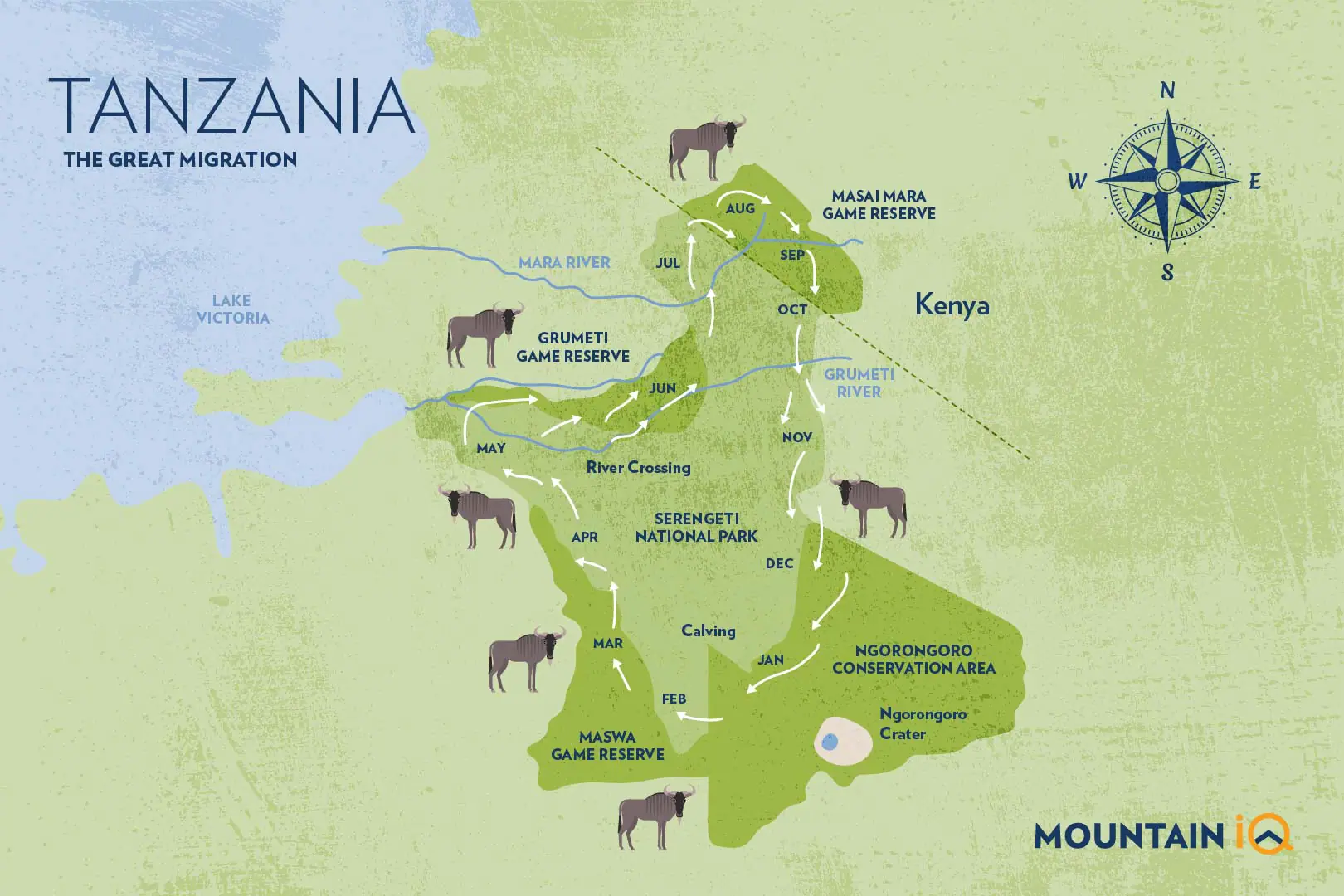
Contrary to popular belief, the Great Migration is not only about the river crossings. As a matter of fact, the Great Migration is a year-long phenomenon that changes course, location, and composition almost with the passing of every month.
Here’s a month-by-month breakdown of the Great Migration.
January
The migrating herds are in the Serengeti National Park can be seen roaming in southern Serengeti between the Ngorongoro and Ndutu plains.
February to March (Calving Season)
Woohoo! It is officially the calving season! And wildebeests are popping babies like their lives depend on it ( 8,000 calves are born daily).
Happy moment, right?
Wrong!
With vulnerable young calves come predators lurking in the short grass plains in the hopes of catching an easy meal. It is heart-wrenching to watch.
April (Wet season)
April marks the beginning of the April to May long rainy season. Being ones to always take a hint, the wildebeest herds take this as a sign to move northwest towards the Simba and Moru Kopjes.
Mating season is also in full swing and if you’re craving some courtship action, this is the time to visit the Serengeti.
May
Stronger newborn calves? Check. Mating? Check. Now only one thing remains; to find fresh grazing land.
In columns as long as 40 kilometers, the wildebeests move into Central Serengeti.
June
It is in Central Serengeti where the first river crossing happens (the wildebeest cross the Grumeti River into the Grumeti Region).
July
The migratory herds arrive in the Grumeti Region (northern Serengeti) and will somewhere in mid-July begin crossing the Mara River heading towards Kenya’s Masai Mara.
August
Ready. Set. Go! The wildebeest begin their cross from northern Serengeti into Kenya’s Maasai Mara. Dramatic? Certainly. But also heart-wrenching as thousands lose their lives to the reptiles (in the Mara River) and Big cats lurking in Masai Mara plains.
September
While some wildebeest and zebra remain in northern Serengeti, a vast majority of them make the dramatic Mara River crossing.
October
The wildebeest crossing is in full swing in the Masai Mara. It should be noted that October is one of the peak/high seasons in Kenya. This means that most parks and reserves are packed with tourists so get ready to part with some big dough.
P.S. the dry season in Kenya begins in mid-July and ends in late October.
November
November marks the end of the dry season and the beginning of the short rainy season in Kenya. The wildebeest and zebra have at this time already exhausted the grazing lands and must now head back to the northern plains of the Serengeti.
December
Herds of wildebeest are now heading south towards eastern and northern Serengeti. Again, they must make it past predator-swarmed grasslands and the Mara River with its vicious crocodiles lying in wait.
When and Where to See the Migration
As well as letting you in on the happening of the biggest wildlife migration on the planet, Great Migration Safaris allow also allow you to experience two of the world’s best national parks: Tanzania’s Serengeti and Kenya’s Maasai Mara. Depending on what you want to see, here’s when to book a migration safari.
Event | Period | Location |
Calving Season- | February to March | Southern Serengeti |
Mating Season | April to May | Central and Western Serengeti |
The Grumeti River Crossings | May to June | Central Serengeti |
Mara River Crossings | July to August | Masai Mara and Northern Serengeti |
What Will You See?

Ask any seasoned traveler to name their best safari experience yet and they are likely to name the Great Migration. The Great Migration is exceptional for the thrill, variety, and composition it offers.
For one, over 5 million animals grace the event including the wildebeest, wild dog, zebra, antelope, lion, hyena, crocodile, and hippo.
Second on the list are the hair-rising river crossings. Now, to sit and watch as millions of animals risk their lives in the jaws of hungry predators is an experience money can’t buy. It comes as no surprise that the migration is one of the seven wonders of the world.
Also, depending on what time of the year you book your safari, you can experience the calving and mating seasons.
Last but not least, you get to experience the breathtaking Masai Mara and Serengeti landscape.
Ready to Start Planning your Safari? Contact us Now! Only Few Slots Remaining!
Best Places to Stay to Make the Most out of the Great Migration
Enjoy priority access to the Great Migration with these five luxury Maasai Mara camps.
Angama Mara
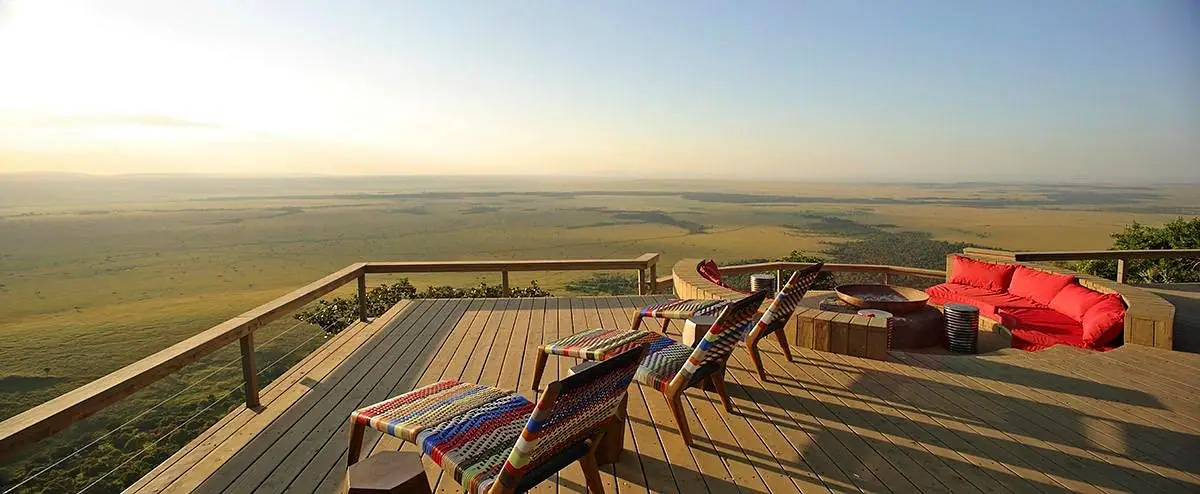
Angama Mara is a luxe camp situated on the edge of the Great Rift Valley, overlooking the Masai Mara. With its private balconies, open-plan lounges, and infinity pool, Angama Mara is one of the most luxurious camps in the region.
But it’s not just about the luxury; here you can watch the wildebeest cross over to and from Masai Mara as well as hundreds of other wildlife. You also get a bird’s eye view of the riveting Mara landscape, think the Mara River, winding grasslands, and scattered acacias.
Amenities include a spa, outdoor pool, free WI-FI, round-the-clock room service, restaurant, and bar and lounge.
Naboisho Camp
Landscaped gardens and posh interiors lend an air of elegant sophistication to this luxury camp elegantly tucked away in a private conservancy within the Masai Mara. The camp is perfection epitomized and certainly one of the best places to witness the wildebeest migrate.
The best part? The camp is located in the Naboisho Conservancy, home to the largest concentration of lions in the world. Also, there are plenty of activities to enjoy here including night drives, guided bush walks, and sundowners.
Little Governor’s Camp
All your worries melt away when you set foot into the Little Governor’s Camp, a luxury camp nestled on the edge of the Masai Mara. To access the camp, one has to take a boat ride across the Mara River and a short walk through a riverine forest. But that isn’t even the best part.
From the camp’s wooden decks and spacious verandahs, guests are offered jaw-dropping views of the Great Migration and the wildlife constantly roaming around it.
Amenities include a swimming pool, bar and restaurant, lounge, spa, free WI-FI, and round-the-clock room service.
Mara Serena Safari Lodge
Casual yet chic, the Mara Serena Safari Lodge invites you to experience refined luxury surrounded by Masai Mara’s breathtaking landscapes.
The lodge is strategically located atop a hill that offers sweeping views of the savannah and Mara River. Amenities include a restaurant, bar, sundeck, swimming pool, business center with free WI-FI, and a boutique stocked with locally made souvenirs.
Kicheche Mara Camp
Elegantly appointed rooms rise above lush, unwinding grasslands in this luxury hotel that overlooks the Olare Orok stream. But if it is the Great Migration you’re after, the camp offers that too!
From the camp’s viewing decks, you can watch wildebeests and zebras in their quest for fresh grass. In addition to that, there’s also a wide range of activities to enjoy here such as game drives, bush lunches, and guided walks.
Kichwa Tembo Camp
Set along the Saparingo River, on the direct path of the Great Migration, the Kichwa Tembo Camp is an unbelievably gorgeous spot to see the Great Migration.
Luxury abounds here, the resort offering 12 exquisitely designed classic tents, 20 superior tents, and eight superior view tents.
The best part? As well as offering spectacular views of the Great Migration, this camp, due to its unique location, also delivers incredible wildlife sighting opportunities.
Frequently Asked Questions
How Much Does it Cost To See the Great Migration?
The price for witnessing the Great Migration varies depending on the accommodation, transportation costs, and activities you choose to do.
At Kenya Luxury Safaris, we offer a variety of packages it our client’s varying budgetary needs. These include;
- The budget great migration safari which costs anything from $300 daily per person sharing.
- the mid-luxury migration safari for as little as $450 daily on per person sharing basis.
- And last but not least, the luxury migration safari which costs anything from \$700 on a PPD basis
Which is Better, the Migration in Kenya or Tanzania?
Both Kenya and Tanzania offer spectacular views of the Great Migration. It all boils down to what you are looking for. For example, Masai Mara offers a wider selection of lodges and hotels meaning that it is easier to find accommodation that meets your needs and budget.
If, however, you’re looking for a more wild experience then the Serengeti in Tanzania is the way to go. The Serengeti is larger and wider that the Mara and offers more in terms of wildlife sightings and experiences.
No matter what you choose, both Kenya and Tanzania offer a rich experience of the Great Migration that you won’t soon forget.

